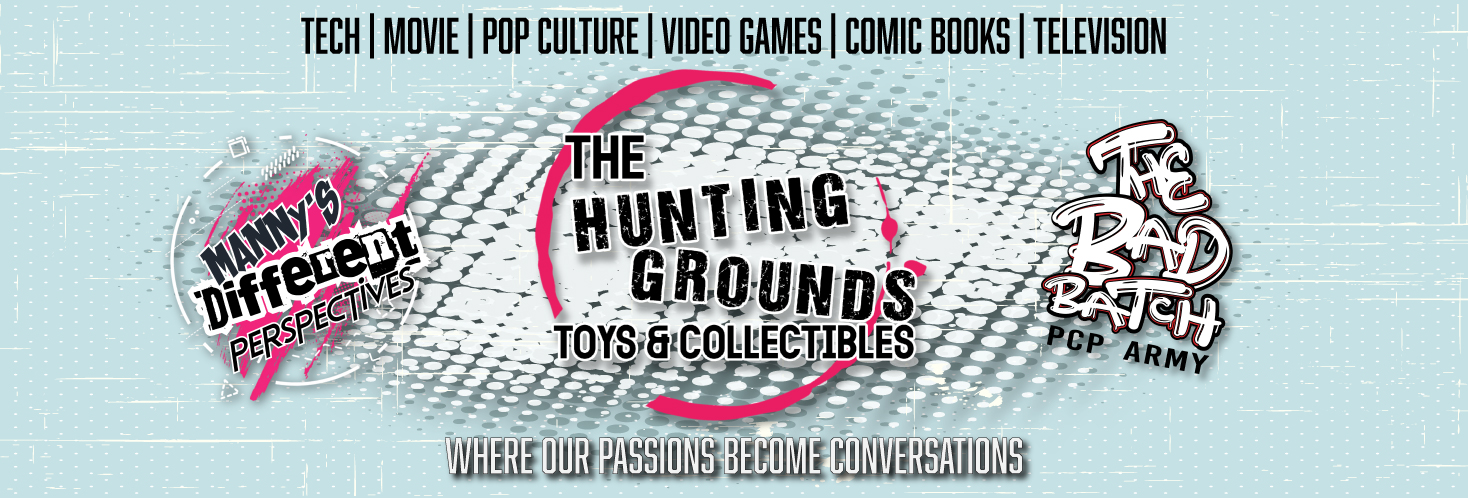If a supreme being created us for a purpose but remains indifferent to our pain, do we truly have free will? Or are we just pawns in our creator's grand design, our choices and identities forced upon us? This is the fascinating philosophical quandary at the heart of The Vigil, a thought-provoking new DC graphic novel by Ram V and Lalit Kumar Sharma.
Synopsis
The Vigil introduces us to an all-new team of Indian superheroes - Arclight, who leads the team with his cool electricity powers; Dodge, with extraordinarily fast reflexes and speed; Saya, a master of subterfuge who can disguise himself as anyone; and Castle, a super-intelligent yet terrifyingly dangerous child.
Over the course of this 6-issue miniseries, the Vigil uncovers a huge interdimensional, multiversal threat orchestrated by the villainous Dr. Hep. But the real mystery lies in the Vigil's origins. They were "imagined" into existence by the enigmatic Dr. Sankaran, imbued with powers to turn their weaknesses into strengths. But this apparent gift came at a great personal cost.
Themes and Philosophy
This setup allows Ram V to explore some fascinating themes around the nature of creation and free will. Are the Vigil truly autonomous beings or just pawns of their creator Sankaran? Does bestowing someone with powers you think are good for them justify overriding their agency? It's the age-old question of an indifferent god toying with humanity.
There are several key existential themes that relate to the trauma experienced by Dr. Sankaran's creations:
1. Thrownness - The Vigil members did not choose to be transformed by Sankaran; this new superhuman existence was thrust upon them, along with the trauma that came with it.
2. Existence precedes essence - The Vigil faced an existential crisis as Sankaran forced a new identity and purpose onto them that clashed with their former lives. They had to struggle to define their own identities.
3. Absurdity and meaninglessness - Sankaran turned the Vigil's lives upside down for his own agenda, inflicting suffering that could feel senseless and arbitrary.
4. Radical freedom and responsibility - While the Vigil didn't choose their transformation, they still faced the burden of deciding what to do with their new reality and powers. Would they remain pawns of Sankaran or chart their own path?
Dr. Sankaran acts as a deistic "god" to the Vigil, bringing them into existence but then abandoning them to find their own way, unguided by revelation or providence. Their existential crisis mirrors the deist view of humanity as created by a Supreme Being but then left to fend for ourselves in an impersonal universe. The Vigil's struggle against their cold, indifferent creator reflects the deist conception of the human condition.
Art and Style
Artist Lalit Kumar Sharma and colorist Rain Beredo deliver a dynamic and stylized visual package. The artwork grows more fantastical as the plot does, with heavy inks, expressive figures, and a vivid palette creating a unique aesthetic. While there is some midway inconsistency, overall the book is visually striking.
Conclusion
The Vigil is an ambitious and thought-provoking addition to the DC Universe. While it stumbles a bit in pacing and structure, it makes up for it with fascinating philosophical themes, stylish artwork, and much-needed representation of Indian heroes. With more room to grow, the Vigil could become DC's next great superhero team.
At its heart, The Vigil grapples with the tension between free will and determinism, between our desire for meaning and the indifference of our creators. It's a poignant exploration of the existential challenges of defining one's identity and purpose in the face of forces beyond our control - a struggle that is all too human. As the Vigil reckons with the realization that they were created by Dr. Sankaran for a specific purpose, they must ask themselves: do they have any true loyalty to a "god" who caused them immense trauma yet feels no responsibility for their pain? Do they have any agency at all, or are they forever bound to another's grand design?
These are weighty questions with no easy answers. But by raising them through the prism of an Indian superhero team fighting reality-warping threats, The Vigil makes them feel both cosmic and intimate. It's a story about power - not just the flashy superpowers of comic books, but the power to shape others and decide their fate. And it's a story about finding meaning and authenticity in a world that often seems absurd and meaningless.
The Vigil may require more issues to fully develop its plot and themes. But it's a worthy addition to the canon of "thinking person's" superhero comics, one that uses the genre to probe questions of identity, free will, and the scars we bear from those who mold us. With The Vigil, Ram V and Lalit Kumar Sharma have crafted a series that is thrilling and thought-provoking in equal measure - no small feat for a tale of multiversal creation and destruction. Here's hoping this is just the beginning for DC's most philosophically fascinating new superhero team.



